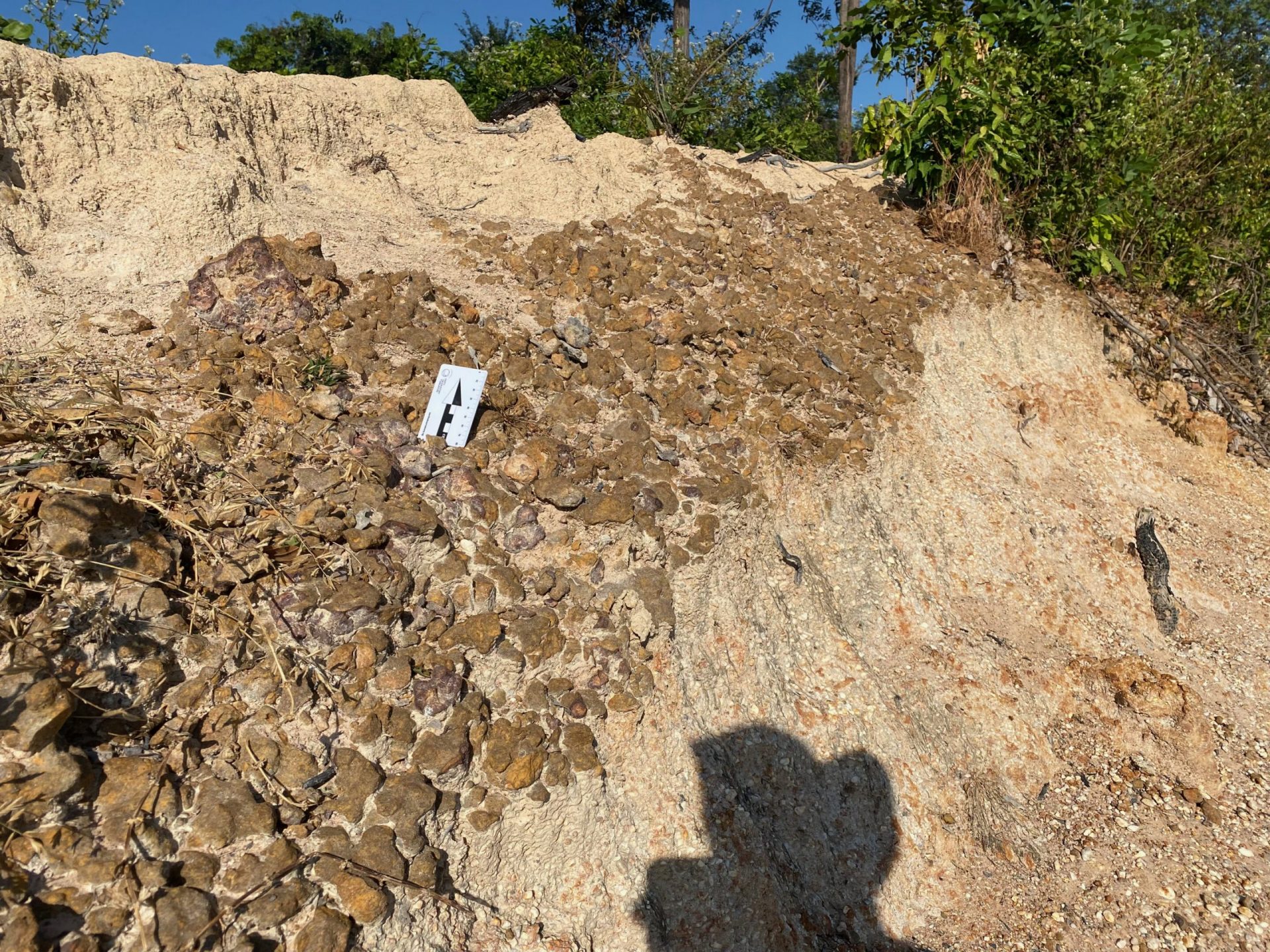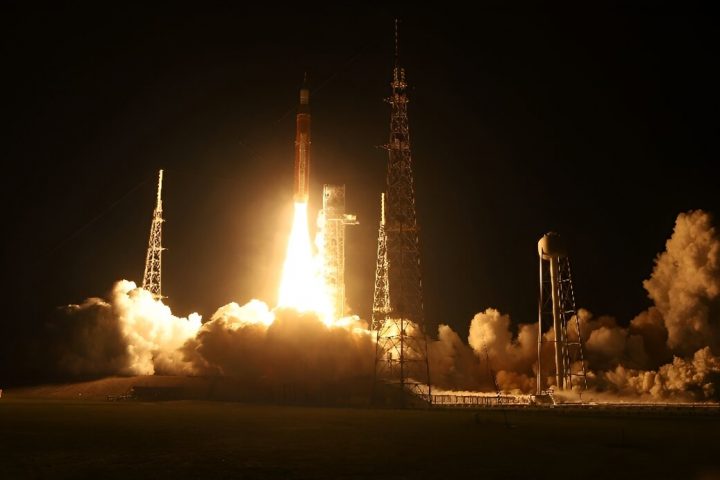A team of brilliant geoscientists, geologists, and mineralogists have made an extraordinary discovery – they believe they have located the long-lost crater from the Bolaven extraterrestrial impact! This groundbreaking revelation, detailed in their recent publication in the Proceedings of the National Academy of Sciences, is the result of years of meticulous study of tektites and other ejecta associated with the Bolaven impact in southern Laos.
Around 800,000 years ago, a colossal meteorite collided with what is now the Bolaven Plateau in southern Laos, marking the Earth’s last major encounter with an asteroid. The cataclysmic event unleashed a torrent of ejecta across southern Laos and eastern Thailand. However, the exact location of the impact has remained a mystery, concealed beneath a dense canopy of trees and layers of soil. Until now.
In their quest to unveil the hidden crater, the research team embarked on a mission to decipher its whereabouts by analyzing the unique characteristics of tektites. They delved into previous studies on the impact and its potential crater, ultimately concluding that the elusive crater had been filled with lava, explaining its elusive nature.
From 2015 to 2023, the dedicated team conducted extensive field research, meticulously collecting tektites believed to originate from the Bolaven impact. These remarkable specimens ranged from small fragments to massive deposits, some measuring up to an astonishing 9 meters in thickness. Plotting their findings on maps, the researchers noticed a striking pattern – a radial convergence of thickening ejecta centered around a solitary plateau. This compelling evidence strongly suggests that this plateau is indeed the site where the asteroid violently collided with our planet.
While further investigation is necessary, likely in the vicinity of the proposed impact site, the research team is resolute in their belief that they have finally discovered the long-lost crater. Their findings are nothing short of groundbreaking, and they confidently assert that their results are “all but definitive.” (Correction note: The impact occurred 800,000 years ago, not 80,000 years ago.)








